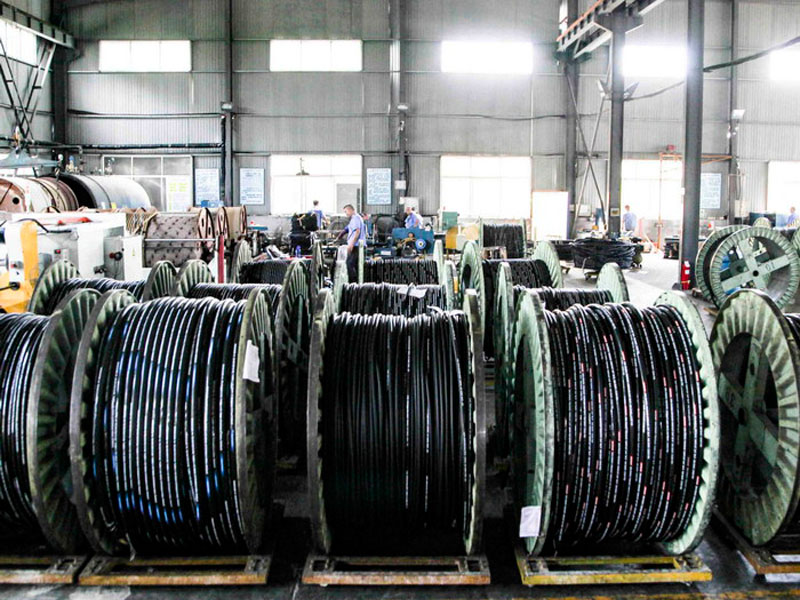-
Home
- About Us
- Products
Classify- Company News
- Industry News
Industry News
How to judge the quality of a hose? Appearance quality standards for rubber hoses
2025-05-13Rubber hoses are extensively used in industrial manufacturing and daily life, and their quality directly impacts safety and the stability of equipment operation. Therefore, implementing strict quality inspection standards for rubber hoses is crucial to ensuring their performance and safety. This article explores the quality inspection standards for rubber hoses, covering aspects such as visual inspection and dimensional accuracy.Rubber hoses are composed of materials such as the rubber body, reinforcement layer, inner lining, and outer coating. The physical properties, chemical properties, and environmental performance of these materials are key focuses of inspection.Typically, rubber hoses consist of an inner rubber layer, steel wire braiding, and an outer rubber layer, designed for conveying various hydraulic fluids, including alcohols, fuel, lubricating oil, and emulsions. They are widely used in locomotives, construction machinery, automobiles, aviation, petroleum, natural gas, and many other fields.How to determine the quality of a hose?1. **Visual Inspection**First, we can preliminarily assess the quality of a hose based on its appearance. High-quality hoses have a smooth, fine, and impurity-free surface, whereas inferior hoses exhibit noticeable defects such as pits, bubbles, scratches, or even cracks.2. **Material Assessment**Next, we can evaluate the hose's quality based on its material. Premium hoses are typically made of natural rubber or silicone, while inferior ones may contain recycled rubber or other substandard materials, leading to issues like unpleasant odors and rapid aging.3. **Weight Evaluation**Lastly, we can judge the hose's quality by its weight. High-quality hoses maintain consistent weight, whereas inferior ones may show uneven weight distribution due to material adulteration, resulting in underweight or overweight conditions.In summary, by comprehensively evaluating factors such as appearance, material, and weight, we can easily distinguish high-quality hoses. When purchasing hoses, it is advisable to choose products from reputable manufacturers and carefully inspect their quality to ensure optimal performance and avoid potential safety hazards during daily use.
- Previous:Already the first article
- Next:Varieties Of Nitrile Rubber Compounds
Copyright @ 2024 Qingdao Pentaflex Co., LTD .All Rights Reserved - About Us







